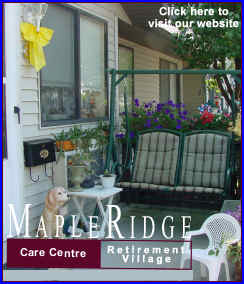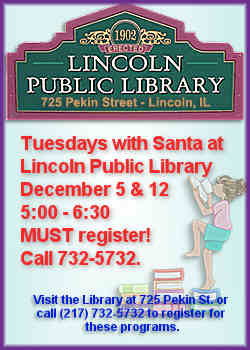Review by
Richard SumrallIn his revised edition of the "Encyclopedia
of Homeopathy," Dr. Andrew Lockie defines homeopathy as "a holistic form of
complementary medicine, aiming to treat the whole person rather than just
the physical symptoms." Formerly referred to as "alternative medicine,"
homeopathy continues to gain widespread acceptance and popularity, in part
because of public dissatisfaction with certain aspects of conventional
medicine. According to Lockie, the key to the practice of homeopathy is "the
ability to understand and interpret the patient's symptoms … both before and
after a remedy is given." He says, "This continuing relationship helps to
make homeopaths particularly effective at discovering the underlying causes
of frequently recurring ailments."
"Theory and Practice"
Although the origins of homeopathy date back to ancient Greece and Rome,
its true form as we understand it today emerged from the work of the
18th-century German doctor Samuel Christian Hahnemann. Its guiding principle
is the belief that good health "derives from an equilibrium between the mind
and body, which is maintained by a ‘vital force' that regulates the body's
self-healing capabilities." Homeopathy's materia medica (medical material or
medical matters) contains over 2,000 remedies (based on the testing of over
4,000 substances).

"Materia Medica"
This section of the book explains how certain remedies became a part of
the materia medica (their origins, selection, properties and testing). They
are derived from plant, mineral, or animal and insect materials and are
generally made through the process of dilution and succession. The remedies
are used "only when they are prescribed according to the principle of ‘like
cures like.'" According to this concept, "substances that are capable of
provoking certain symptoms in an otherwise healthy body can also act
curatively on similar symptoms in a sick person."
The remainder of this section is devoted to the major and minor remedies
extracted from the aforementioned natural sources. Examples include
dulcamara, a plant remedy for people affected by rapid weather changes or
sensitivity to the cold and damp, and tarentula, an insect remedy for those
who exhibit signs of hyperactivity, overstimulation or extreme sensitivity
to music.
[to top of second column]

 |

"Serious Ailments"
Once you become familiar with the different homeopathic remedies,
the next step is a consultation with a homeopathic practitioner.
According to Lockie, "An interview with a homeopathic practitioner
will be likely longer than a conventional medical consultation. …
This allows the progress of an ailment to be carefully monitored and
subtle changes noted." This patient assessment will focus on the
body (its physical well-being, medical history, environment) and the
mind (personality, life events, life management). A description of
this assessment process is found in the chapter on the respiratory
system (14 other systems are also addressed). Using pneumonia as an
example, the passage begins by describing the symptoms and causes,
then compares the care options offered by conventional medicine and
homeopathic medicine, and concludes with an analysis of lifestyle
through homeopathy. A case study (there are many throughout the
book) of a 38-year-old dental technician and her recovery from
pneumonia through homeopathic treatments is recounted.
"Homeopathic Self-Help"
The self-help portion of the book is for the interested layperson
considering homeopathy as a treatment option for a particular
ailment. While Lockie cautions that homeopathic remedies may not
provide an instant cure, he says that a homeopathic remedy is
believed to "encourage the body's self-healing mechanisms and
nurture a sense of well-being, good energy levels and a resistance
to ill health."
When considering a self-prescription you should always identify
the symptoms of the condition in order to build a "symptoms
picture." Once you build this picture, you can select your remedy by
consulting the book's 60-page directory.
In addition to these remedies, the homeopathic tradition stresses
a lifestyle that supports and complements good health. This
supportive lifestyle includes eating for health, improving your
surroundings, managing stress, staying in shape and incorporating
certain treatments for the body and mind (such as massage and
meditation).
The "Encyclopedia of Homeopathy" is an informative and
easy-to-use reference source on the practice of homeopathic
medicine. One especially helpful feature in the book is the "A-Z
Quick Reference" containing the 322 remedies contained in the book's
materia medica. In the introduction to this updated edition, Dr.
David Owen and Dr. Patricia Ridsdale write, "Andrew Lockie has
provided an excellent and straightforward introduction and overview
of this broad subject. We believe that many more people can access
both the benefits of homeopathy and the wonders of the remedies
through this book." This book is recommended to anyone interested in
the subject of homeopathic medicine.
[Richard Sumrall,
Lincoln Public
Library District] |